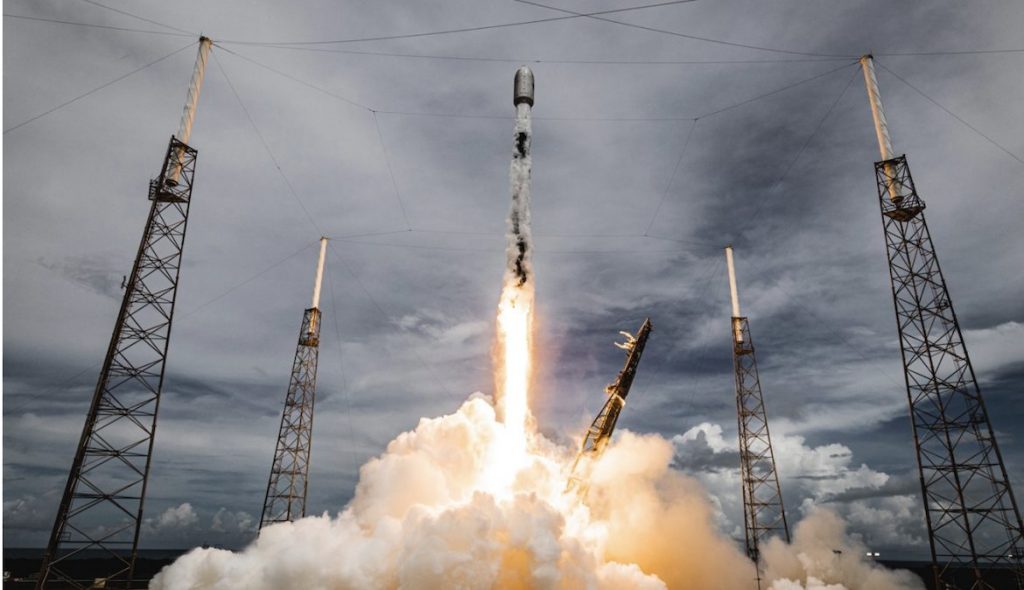
Australian space services company Skykraft has come to an agreement to launch its new 300-kilogram air traffic management satellite on SpaceX’s upcoming SmallSat Rideshare Transporter-5 mission.
The UNSW Canberra City-based business hopes its air traffic management satellites will lead to safety improvements for aircraft flying all over the world.
The satellite will launch aboard Elon Musk’s space venture SpaceX’s Transporter-5 mission – currently slated for takeoff in mid-2022.
The Transporter missions form part of SpaceX’s ‘SmallSat Rideshare Program’, which allows governments, researchers and private companies to send small objects into space in a conjoined launch, with prices starting from $1 million.
Last year, Skykraft’s then-managing director, James Prior, said the planned constellation, which will eventually rise to 210, would be connected with satellites on the ground.
“It will help to provide a seamless stream of data around the world,” Prior said.
“It takes out the need for ground-based infrastructure and antennas, and will be able to see over large stretches of water and the communication with the aircraft is the same.”
The current executive chair of Skykraft, Mark Skidmore, said SpaceX is now the most reliable launch provider in the world.
“We also congratulate the SpaceX team on their transformative approach to small satellite launch and the rapid cadence of their rideshare opportunities,” he said.
Skykraft is also offering the opportunity for small hosted payloads to ride along on this and following launches.
The business received $1 million from the ACT government in September 2019 to help develop the technology.
Last month, SpaceX successfully completed its second rideshare mission on Transporter-2, and deployed 88 new satellites into space.
SpaceX’s reusable Falcon 9 rocket, B1060, launched Transporter-2 from Space Launch Complex 40, at Cape Canaveral Space Force Station in Florida on 30 June at 3:31pm EDT.
Transporter-2 was carrying a payload of 85 commercial and government small satellites, as well as three of SpaceX’s own Starlink satellites.
While the payload was smaller in number than the space company’s earlier rideshare mission, Transporter-1, SpaceX said this mission launched more mass to orbit than the previous mission.
The launch marked SpaceX’s 20th for the year, and its eighth flight for the Falcon 9 first stage booster. This launch also brings the total number of SpaceX-launched orbital objects to over 900 this year alone.
The booster returned to earth about 10 minutes after launch in SpaceX’s concrete Landing Zone 1 – as opposed to other recent launches that have landed on dedicated drone ships in the ocean.
The payload was then pushed into pole-to-pole Earth orbit by Falcon 9’s second-stage booster.















